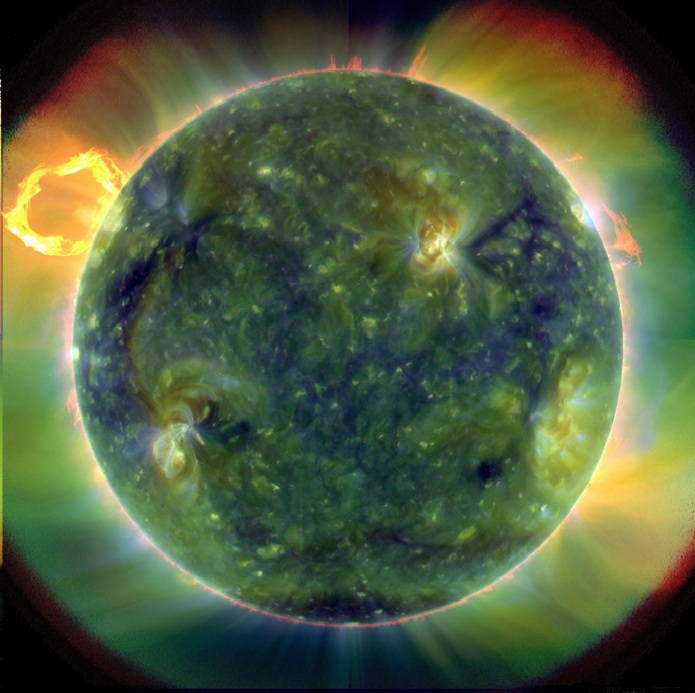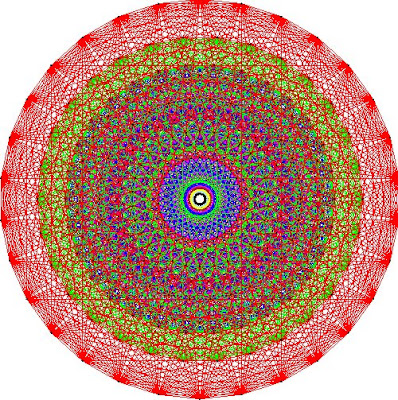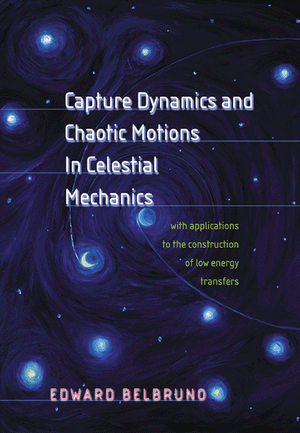Continued from here.
Has Stephen Hawking been rewatching his box set of the Alien movies?It would appear so, as his opinion of whether we should make contact with any alien life forms we discover in the future has suddenly hardened. According to a new documentary series he has made for the Discovery Channel : "If aliens visit us, the outcome would be much as when Columbus landed in America, which didn't turn out well for the Native Americans."
Hawking believes we would be well-advised to keep the volume down on our intergalactic chatter and do all we can to prevent any "nomadic" aliens moseying our way to take a look-see. Should they find us here tucked away in the inner reaches of the solar system, chances are they'd zap us all and pillage any resources they could get their hands on. Our own history, says Hawking, proves that first encounters very rarely begin: "Do take a seat. I'll pop the kettle on. Milk? Sugar?"
"Such advanced aliens would perhaps become nomads, looking to conquer and colonise whatever planets they can reach," says the theoretical physicist in Into the Universe with Stephen Hawking. "To my mathematical brain, the numbers alone make thinking about aliens perfectly rational. The real challenge is to work out what aliens might actually be like."
































